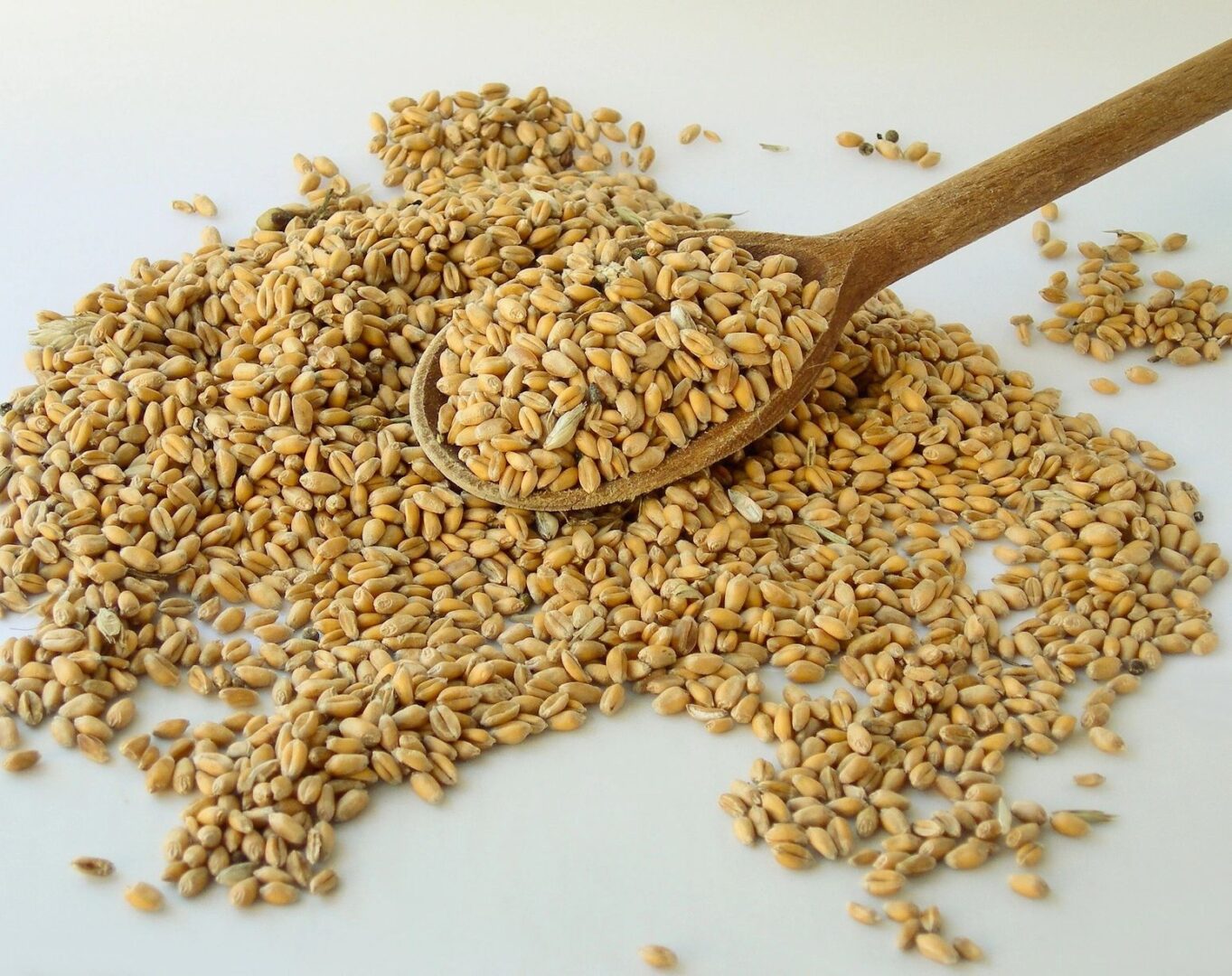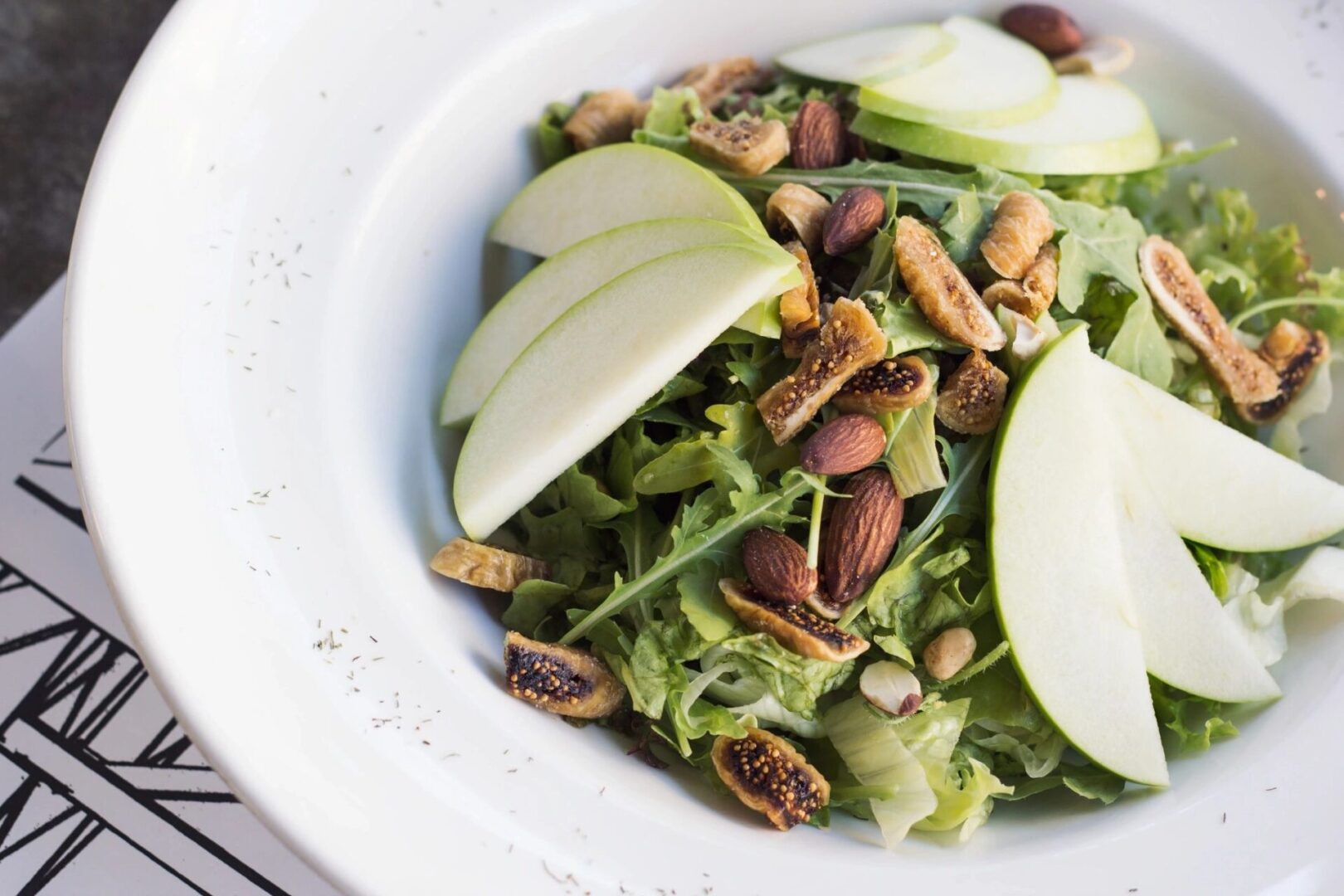the basics of Celiac Disease
What is celiac disease?
Celiac disease is a disorder that affects the gut or small intestine. When a person with Celiac eats gluten-containing food like bread, pasta, crackers, and cake, they get sick because those foods have gluten, which is a tiny protein in wheat, barley, and rye. There are more than 200 known symptoms of Celiac which range widely beyond digestive issues. For people with Celiac, gluten damages the inside lining of the small intestine, making it harder to absorb crucial vitamins and nutrients. If left undiagnosed, Celiac could lead to malnutrition and other health problems such as infertility or bone weakening.
Celiac disease is not a food allergy. It’s actually a genetic autoimmune disease process, meaning that it runs in families. An autoimmune disease is when the body’s own immune system, which usually helps fight diseases and infections, attacks your own body instead.
How is Celiac treated?
The only known treatment for celiac disease is to follow a gluten-free diet for life. Following a gluten-free diet 100% of the time fully treats celiac disease for most people, but it does not cure celiac disease. If a person with celiac disease starts eating gluten again, accidentally or on purpose, the disease process becomes active. Eating a gluten-free diet treats celiac disease and prevents serious complications like anemia, weight loss, other vitamin deficiencies that can result when the intestines can’t absorb important vitamins and minerals from food.
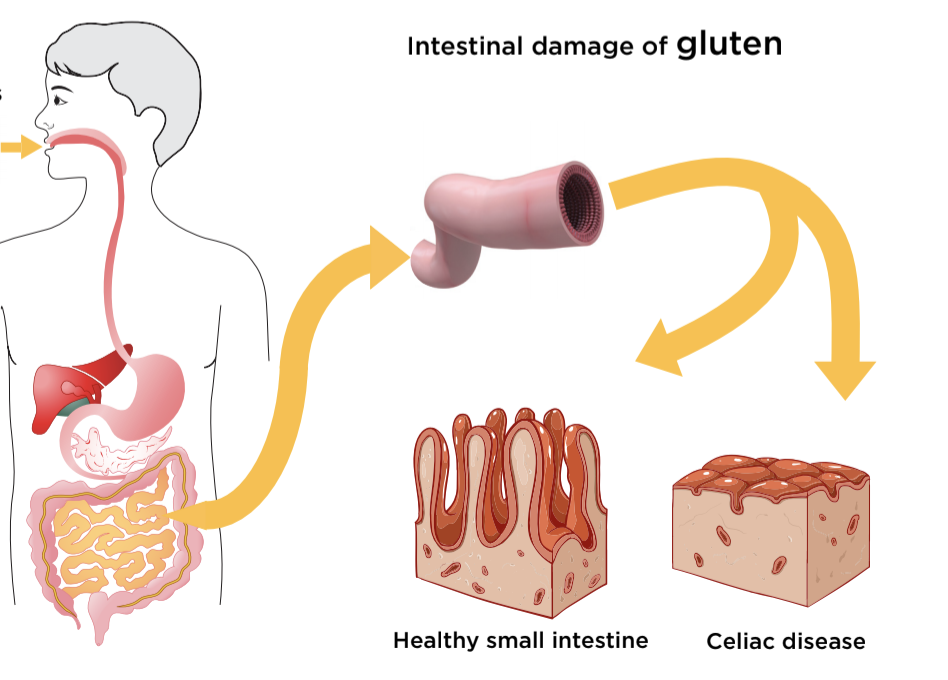
What is gluten?
Gluten is a type of protein found in wheat, rye, and barley grains, as well as in hybrids of these grains. Even the very smallest trace amount of gluten can trigger Celiac disease in some children. Some people have mild physical symptoms or none, while others have more severe physical symptoms. Regardless of any visible symptoms, people with Celiac Disease who consume any amount of gluten will experience the same intestinal damage.
Where Is Gluten Found?
Wheat (and wheat varieties) is the most obvious source of gluten in our U.S. diet. But wheat-free does not mean the same as gluten-free. There are other gluten-containing grains. Wheat, rye, and barley contain gluten protein and are all used to make foods like bread, pizza, pasta, cake, and cookies. Many other foods may contain hidden gluten ingredients that are less obvious.
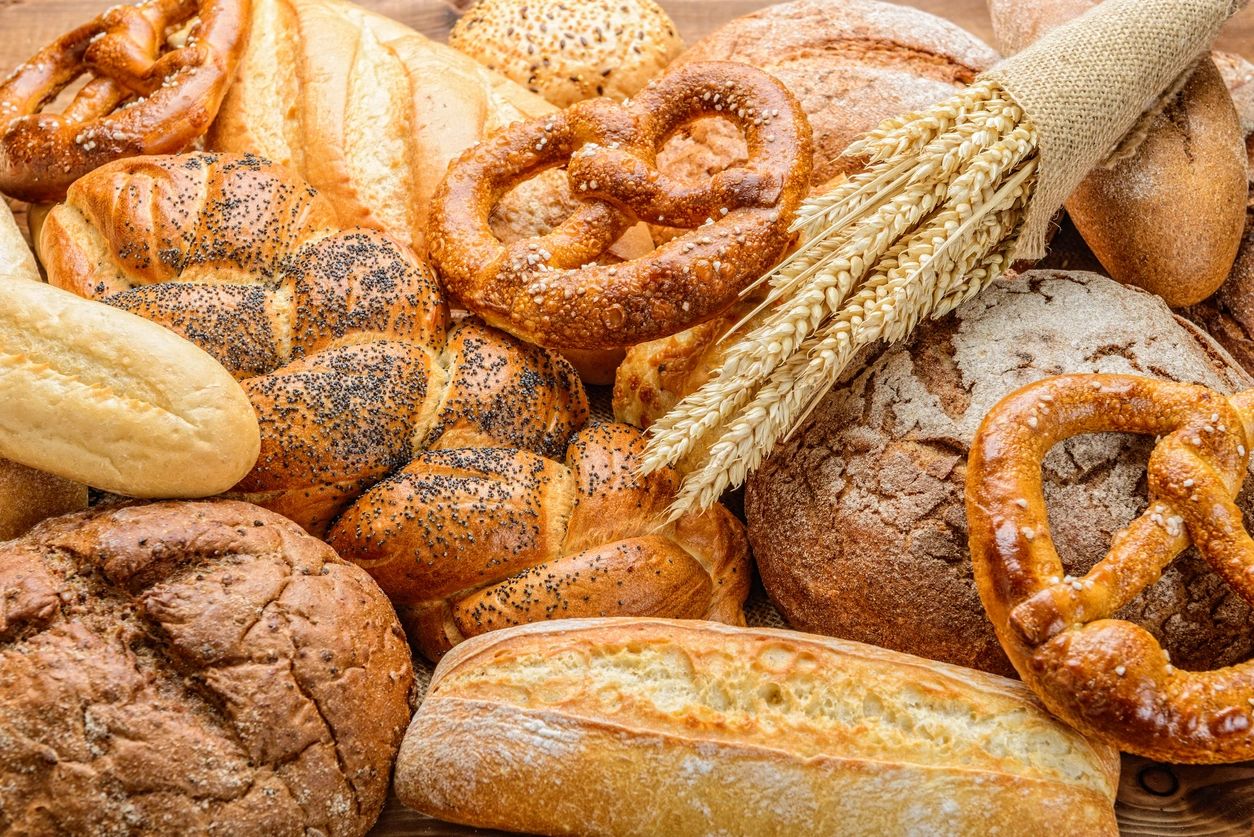
The 3 Main Gluten-Containing Grain Groups
|
| |||
|---|---|---|---|
| Wheat | Rye/Oats* | Barley | |
| Bulgur | Graham flour | Triticale | Pearled barley |
| Communion wafers | Kamut | Rye (including in malted beverages) | Brewer's yeast* |
| Couscous | Matzo | Oats* | Malt/malt powder/malt vinegar |
| Durum | Orzo | Beers, Ales, Lagers, malted beverages | |
| Einkorn/spelt | Panko | ||
| Emmer | Seitan | ||
| Farina | Semolina | ||
| Faro | Soy sauce |
*Unless there is a special label stating these ingredients are gluten-free they are known to contain gluten and should be avoided.
Gluten may be hidden in unexpected places, for example, in soups, sauces, gravies, chocolates, candy, teas, imitation meats, and deli meats. Review all food ingredients in advance, even if they seem like they would be safe.

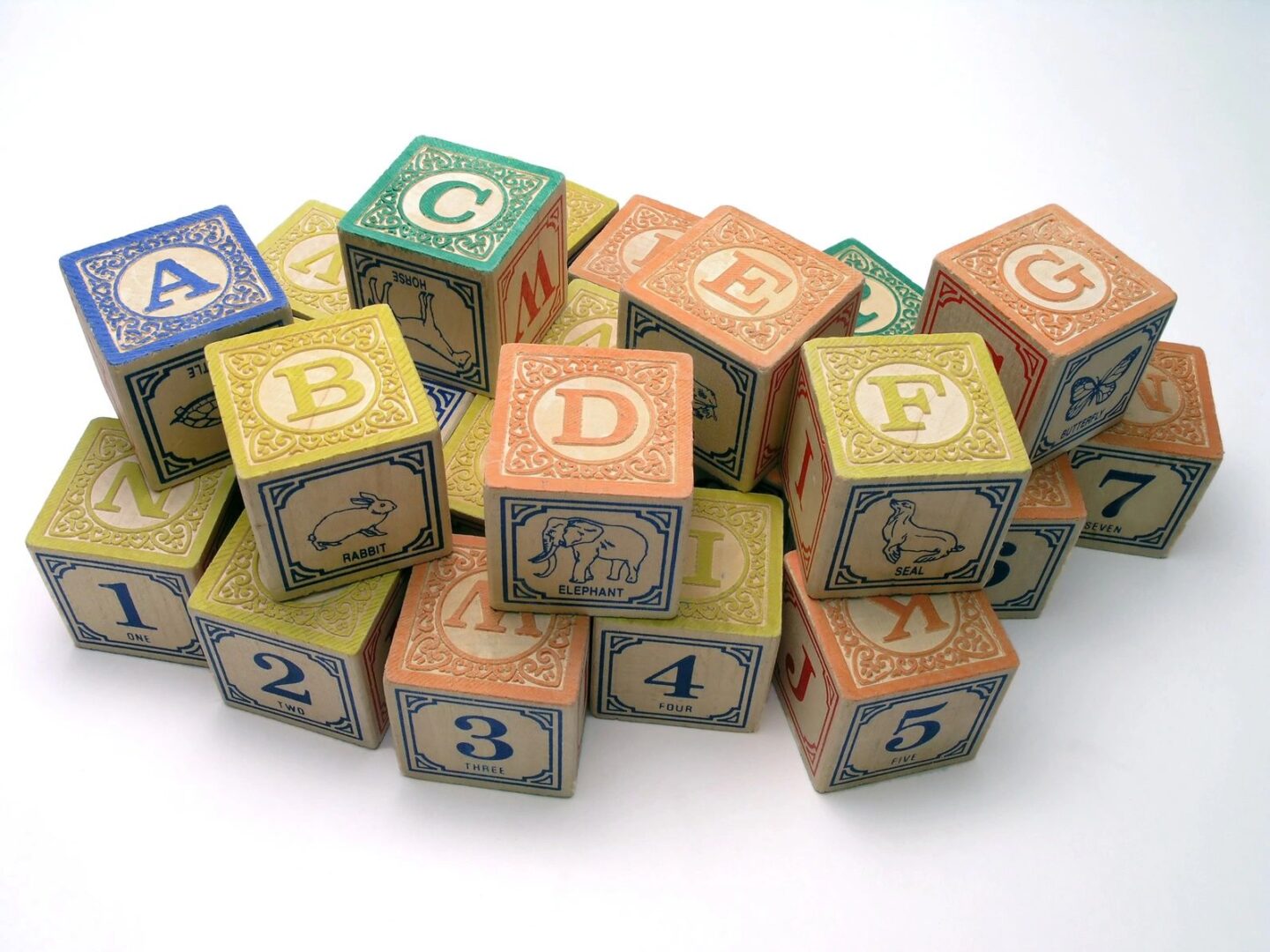
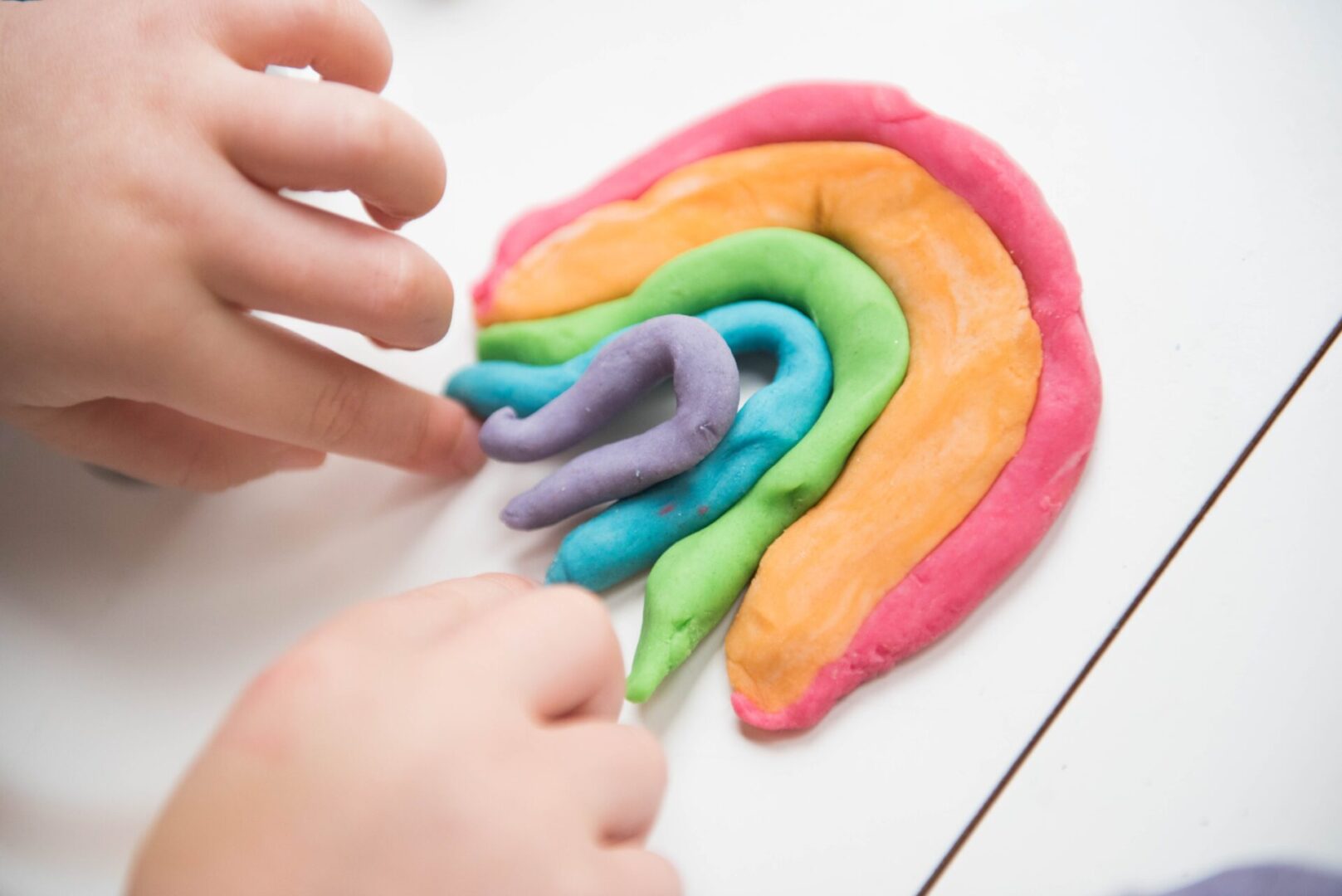

Non-food Sources of Gluten
Cosmetics: Makeup, lipstick, chapsticks, and lotions can have gluten as part of their ingredients.
Craft supplies: Toys and crafts like modeling clay and doughs and some pastes contain gluten ingredients.
Medicines: Both prescription and over-the-counter medicines or vitamins can sometimes contain gluten. Most often the gluten is found in the fillers that are used to help form a capsule or tablet. Some of these fillers are made from wheat. Always check with your pharmacist or the manufacturer of a medicine or supplement before you take it to confirm that it is gluten-free. Another resource is the website: glutenfreedrugs.com
Common gluten-free medicines That are Safe to Consume
*These medicines were gluten-free as of April 2017. Be aware that ingredients may change at any time, and that global ingredients often vary from country to country.

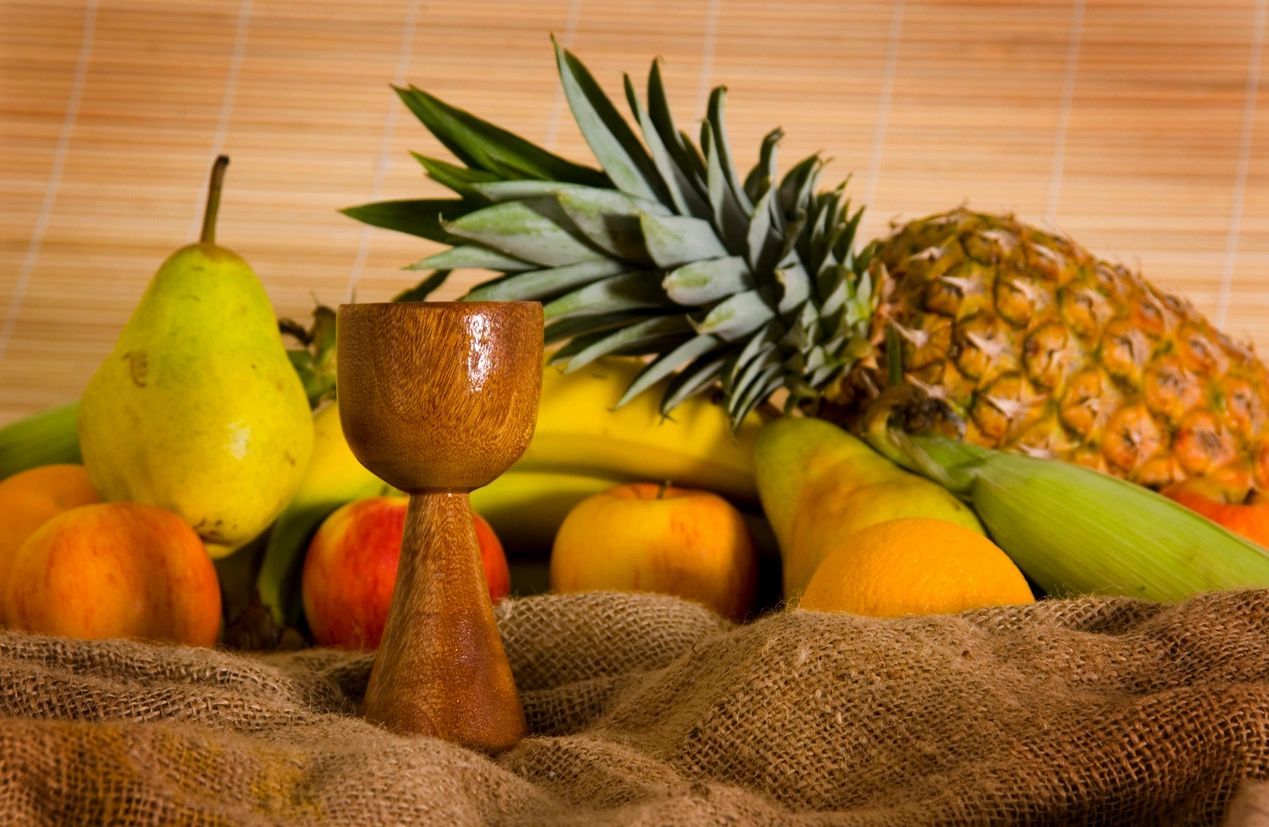
Just Diagnosed: FAQ
A. All manufacturers are required to follow safe practices and to clean equipment well in order to prevent products from getting mixed together.
Use your gluten-free label reading skills to determine if the food is gluten-free or contains gluten ingredients. These foods still may be safe to eat!
To determine if there is a risk for cross-contact, you may want to contact the manufacturer and ask what steps they take to prevent cross-contact in their factor or how they test their product for gluten.
A. Unfortunately there are no medicines or supplements that a person with Celiac disease can take that will help your body recover more quickly after being exposed to gluten. Drink a glass or two of water to stay hydrated even if you do not feel like eating very much or have belly pain.
You might also keep a log of accidental exposures or unexpected products with gluten for family, friends, babysitters, etc. in the future.
A. No. There is no benefit to take these enzymes. They will not help the body tolerate gluten. These supplements do not work in treating Celiac disease, nor for help, if you accidentally eat something with gluten. We do not recommend these supplements.
A. No. Foods in bulk containers are frequently cross-contaminated from shared scoops. It is not recommended to consume any food from a bulk section if you are following a gluten-free diet for Celiac disease.
Additionally, watch for shared scoops in delis, salad bars, or grocery store prepared food counters, as well.
A. There are a lot of ingredients that you may see listed on a food label that you might not recognize. Below is a list of frequently confused ingredients and their gluten status.
- Vinegar (all are gluten-free except malt vinegar)
- Oats (not safe unless labeled gluten-free oats)
- Buckwheat (safe, yes.)
- Isomalt (safe, yes.)
- Maltodextrin (safe, yes, if in North America)
- Caramel flavoring or coloring (safe, yes)
- Distilled alcohol (safe, yes)
- Blue Cheese (safe, yes)
- Dextrose (safe, yes, regardless of source)
- Dextrin (not safe unless it is labeled as corn-based)
- Starch or modified food starch (may contain gluten unless it is labeled as made from corn, potato, rice, or tapioca)
A. Celiac Disease is an autoimmune disease process of the small intestine, diagnosed by a gastroenterologist; Celiac Disease is not an allergy.
There Are 3 Steps To Look at a Food Package To Check a Food for Gluten.
1. Look for a Certified Gluten-Free logo. These foods are considered safe for those with celiac disease.
Some labels will include both the “certified GF” logo as well as “made in a facility that processes wheat (or other gluten-containing ingredients).” The “made in a facility” statement is voluntary and added for transparency by the manufacturer but does not cancel out the “certified GF” label. The “certified GF” label is what matters and means the food is safe for a person with Celiac.
2. Look for other gluten-free labels on the package
Most foods with gluten-free labels are safe for those with celiac disease. The words gluten-free could be anywhere on the package, though most often on the front. Ask your dietitian or medical provider about any foods that are known to be at risk for containing gluten even though they are labeled gluten-free.
USDA foods (meat and dairy) are not required to follow the same rules of labeling as packaged food. Most voluntarily do. Manufacturers can use the words “gluten-free,” “no gluten,” or “without gluten.”
3. Read package ingredients
Review the list of ingredients for the following 6 words. If a product lists any of these words, it is likely not gluten-free.
Remember that wheat-free is not the same thing as gluten-free.

